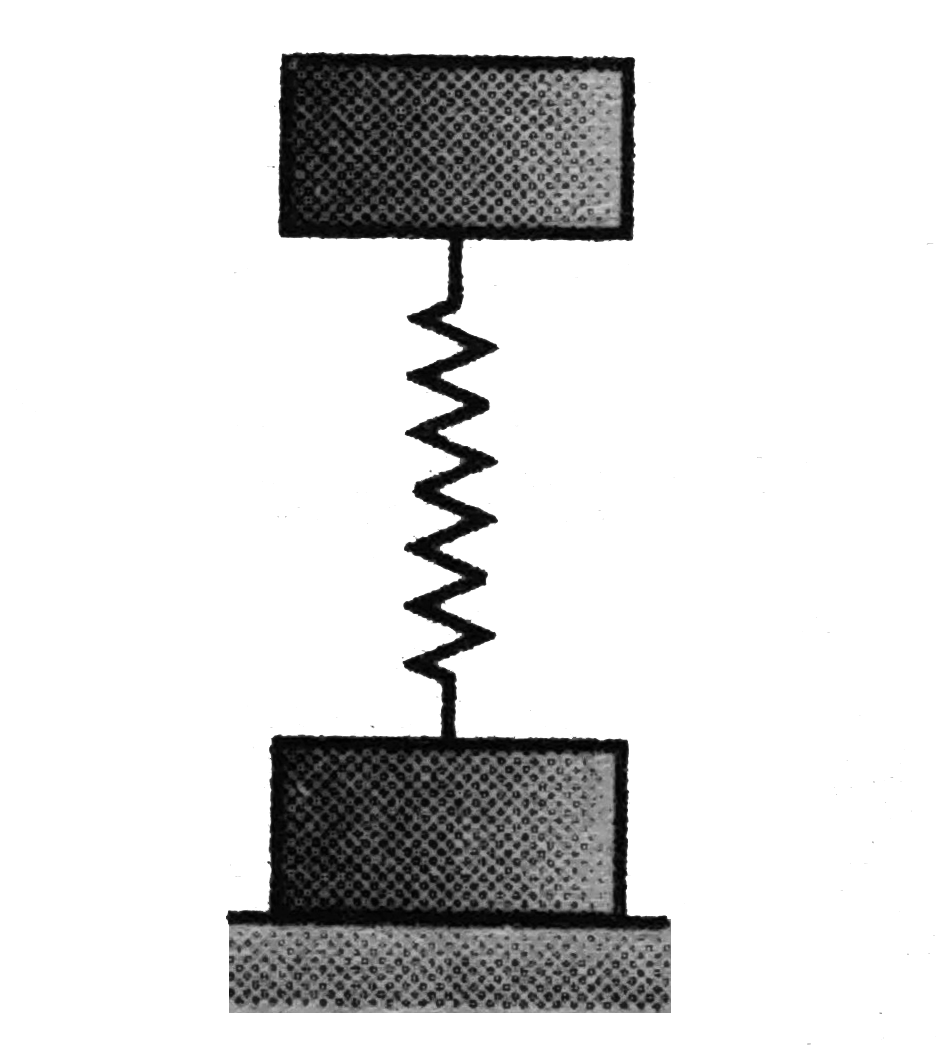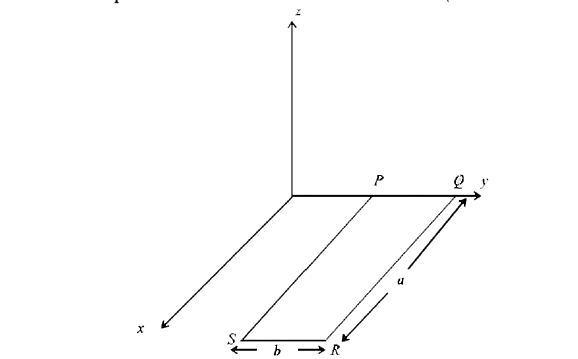A person looking at a person wearing a shirt with a pattern comprising vertical and horizontal lines is able to see the vertical lines more distinctly than the horizontal ones. What is this defect due to ? How is much a defect of vision corrected ?
This defect is called Astigmatism. It arises because curvature of the cornea plus eye lens refracting system is not the same in different planes. As vertical lines are seen distinctly, the curvature in the vertical plane is enough, but in the horizontal plane, curvature is insufficient.
This defect is removed by using a cylindrical lens with its axis along the vertical.
Topper's Solved these Questions
- RAY OPTICSBOOK - PRADEEPCHAPTER - RAY OPTICSEXERCISE - Higher Thinking Order
5 Videos
- RAY OPTICSBOOK - PRADEEPCHAPTER - RAY OPTICSEXERCISE - Sample Problem(a)
5 Videos
- RAY OPTICSBOOK - PRADEEPCHAPTER - RAY OPTICSEXERCISE - (NCERT)Long Answer
5 Videos
- PROPERTIES OF BULK MATTERBOOK - PRADEEPCHAPTER - PROPERTIES OF BULK MATTEREXERCISE - Multiple choice questions
7 Videos
- SYSTEMS OF PARTICLES AND ROTATIONAL MOTIONBOOK - PRADEEPCHAPTER - SYSTEMS OF PARTICLES AND ROTATIONAL MOTIONEXERCISE - Assertion- Reason Type questions
20 Videos
Similar Questions
Knowledge Check
A person cannot see the object beyond 3 m distinctly. Find focal length of the lens required to correct this defect of vision.
A25 cmB- 3 mC3 mD∞Two discs, each having mass m, are attached rigidly to the ends of a vertical spring. One of the discs rests on a horizontal surface and the other produces a compression x0 on the spring when it is in equilibrium. How much further must the spring be compressed so that when the force causing compression is removed, the extension of the spring will be able to lift the lower disc off the table?
 A(a) x0B(b) 2x0C(c) 3x0D(d) 1.5x0
A(a) x0B(b) 2x0C(c) 3x0D(d) 1.5x0
State which of the following statements are true (T) and which false (F): Point has a size because we can see it as a thick dot on paper. By lines in geometry, we mean only straight lines. Two lines in a place always intersect in a point. Any plane through a vertical line is vertical. Any plane through a horizontal line is horizontal. There cannot be a horizontal line is a vertical plane. All lines in a horizontal plane are horizontal. Two lines in a plane always intersect in a point. If two lines intersect at a point P , then P is called the point of concurrence of the two lines. If two lines intersect at a point p , then p is called the point of intersection of the two lines. If A, B, C and D are collinear points D, P and Q are collinear, then points A, B, C, D, P and Q and always collinear. Two different lines can be drawn passing through two given points. Through a given point only one line can be drawn. Four points are collinear if any three of them lie on the same line. The maximum number of points of intersection of three lines in three. The minimum matching of the statements of column A and Column B .
View SolutionA person is not able to see for off objects clearly. From which defect of the eye the person is suffering ? How to correct this defect ?
View SolutionA ball of mass m with a charge q can rotate in a vertical plane at the end of a string of length l in a uniform electrostatic field whose lines of force are directed upwards. What horizontal velocity must be imparted to the ball in the upper position so that the tension in the string in the lower position of the ball is 1.5 times than the weight of the ball?
View SolutionA rectangular loop PQRS made from a uniform wire has length a, width b and mass m. It is free to rotate about the arm PQ, which remains hinged along a horizontal line taken as the y-axis (see figure). Take the vertically upward direction as the z-axis. A uniform magnetic field →B=(3ˆi+4ˆk)B0 exists in the region. The loop is held in the x-y plane and a current I is passed through it. The loop is now released and is found to stay in the horizontal position in equilibrium

(a) What is the direction of the current I in PQ?
(b) Find the magnetic force on the arm RS.
(c) Find the expression for I in terms of B0, a, b and m
View SolutionA person cannot see objects nearer than 75 cm from his eyes while a person with normal vision can see objects upto 25 cm from his eyes. Find the nature, the focal length and the power of the correcting lens used for the defective vision.
View Solution(a) A student suffering from myopia is not able to see distinctly the objects placed beyond 5m. Two possible reasons due to which this defect of vision may have arisen. With the help of ray diagrams, explain :
(i) Why the student is unable to see distinctly the objects placed beyond 5m from his eyes.
(ii) The type of corrective lens used to restore proper vision and how this defect is corrected by the use of this lens.
(b) If in this case, numerical value of focal length of corrective lens is 5m, find the power of the lens as per the new cartesion sign convention.
View Solution
